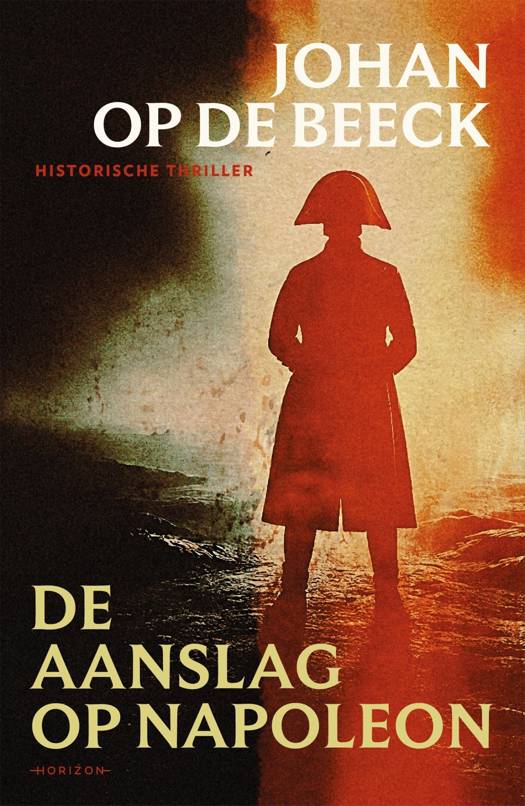
- Afhalen na 1 uur in een winkel met voorraad
- Gratis thuislevering in België vanaf € 30
- Ruim aanbod met 7 miljoen producten
- Afhalen na 1 uur in een winkel met voorraad
- Gratis thuislevering in België vanaf € 30
- Ruim aanbod met 7 miljoen producten
Zoeken
Fluid Dynamics
Theory, Computation, and Numerical Simulation
Constantine Pozrikidis
Hardcover | Engels
€ 183,45
+ 366 punten
Omschrijving
Ready access to computers has de?ned a new era in teaching and learning. The opportunity to extend the subject matter of traditional science and engineering curricula into the realm of scienti?c computing has become not only desirable, but also necessary. Thanks to portability and low overhead and operating cost, experimentation by numerical simulation has become a viable substitute, and occasionally the only alternative, to physical experimentation. The new framework has necessitated the writing of texts and monographs from a modern perspective that incorporates numerical and computer progr- ming aspects as an integral part of the discourse. Under this modern directive, methods, concepts, and ideas are presented in a uni?ed fashion that motivates and underlines the urgency of the new elements, but neither compromises nor oversimpli?es the rigor of the classical approach. Interfacing fundamental concepts and practical methods of scienti?c c- puting can be implemented on di?erent levels. In one approach, theory and implementation are kept complementary and presented in a sequential fashion. In another approach, the coupling involves deriving computational methods and simulation algorithms, and translating equations into computer code - structions immediately following problem formulations. Seamlessly interjecting methods of scienti?c computing in the traditional discourse o?ers a powerful venue for developing analytical skills and obtaining physical insight.
Specificaties
Betrokkenen
- Auteur(s):
- Uitgeverij:
Inhoud
- Aantal bladzijden:
- 774
- Taal:
- Engels
Eigenschappen
- Productcode (EAN):
- 9780387958699
- Verschijningsdatum:
- 26/05/2009
- Uitvoering:
- Hardcover
- Formaat:
- Ongenaaid / garenloos gebonden
- Afmetingen:
- 163 mm x 236 mm
- Gewicht:
- 1247 g

Alleen bij Standaard Boekhandel
+ 366 punten op je klantenkaart van Standaard Boekhandel
Beoordelingen
We publiceren alleen reviews die voldoen aan de voorwaarden voor reviews. Bekijk onze voorwaarden voor reviews.











